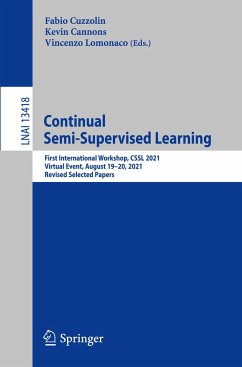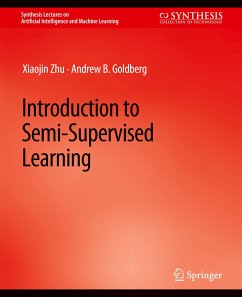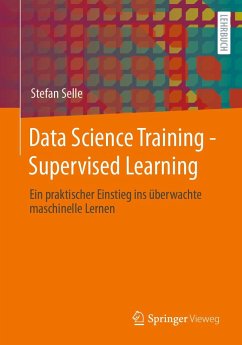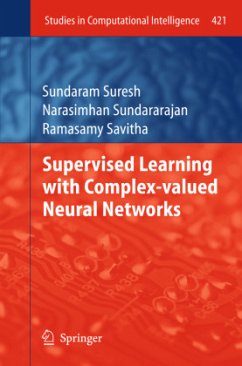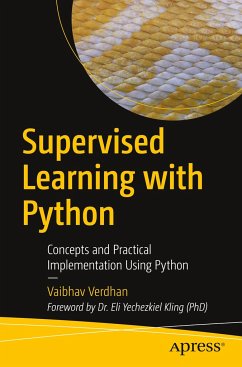
Semi-Supervised Learning with Committees
Exploiting Unlabeled Data using Ensemble Learning Algorithms
Versandkostenfrei!
Versandfertig in 6-10 Tagen
59,99 €
inkl. MwSt.

PAYBACK Punkte
30 °P sammeln!
Supervised learning is a branch of artificial intelligence concerned with developing computer programs that automatically improve with experience through knowledge extraction from examples. Such learning approaches are particularly useful for tasks involving the automatic categorization, retrieval and extraction of knowledge from large collections of data such as text, images and videos. It builds predictive models from labeled data. However, labeling the training data is difficult, expensive, or time consuming, as it requires the effort of human annotators sometimes with specific domain exper...
Supervised learning is a branch of artificial intelligence concerned with developing computer programs that automatically improve with experience through knowledge extraction from examples. Such learning approaches are particularly useful for tasks involving the automatic categorization, retrieval and extraction of knowledge from large collections of data such as text, images and videos. It builds predictive models from labeled data. However, labeling the training data is difficult, expensive, or time consuming, as it requires the effort of human annotators sometimes with specific domain experience. Semi-supervised learning (SSL) aims to minimize the cost of manual annotation by allowing the model to exploit part or all of the available unlabeled data. Semi-supervised learning and ensemble learning are two different paradigms that were developed almost in parallel. Semi-supervised learning tries to improve generalization performance by exploiting unlabeled data, while ensemble learning tries to achieve the same objective by constructing multiple predictors. This book concentrates on SSL with ensembles (committees).



